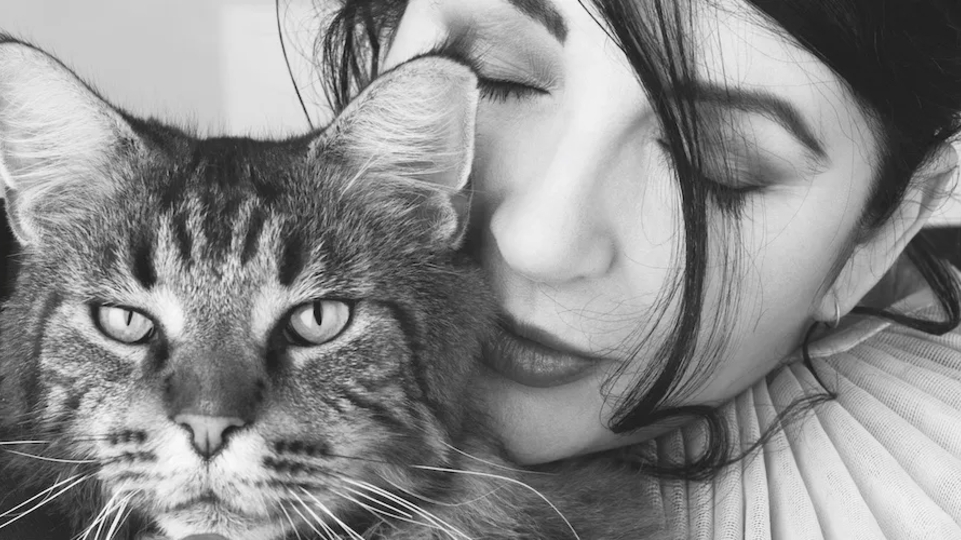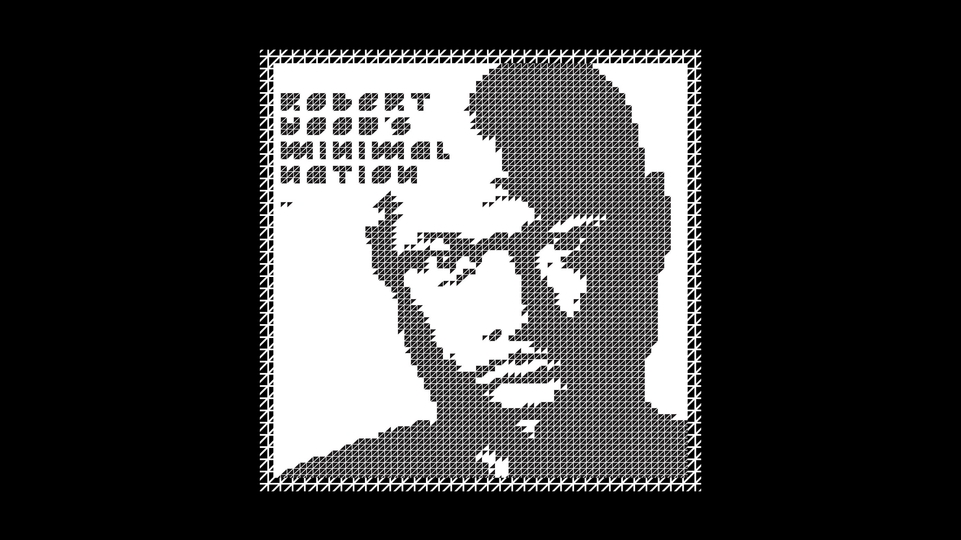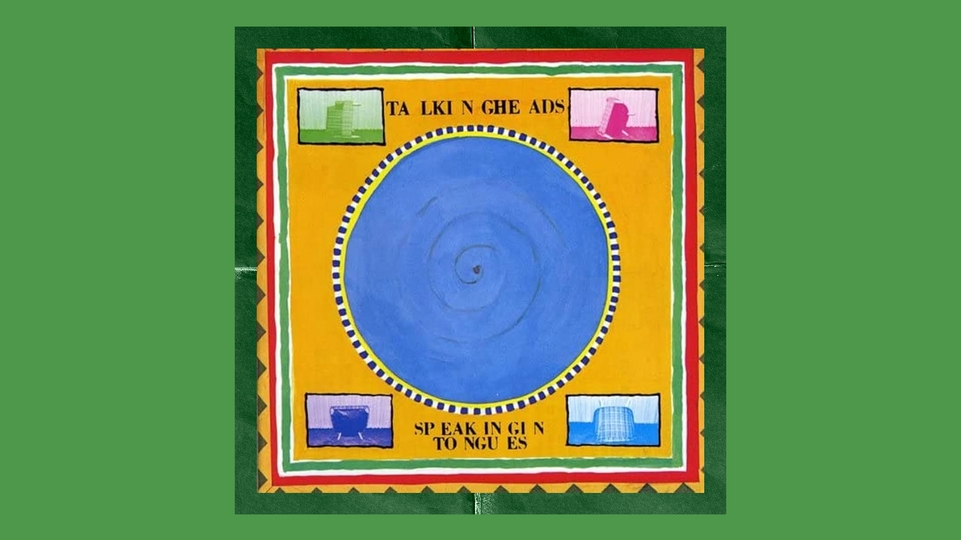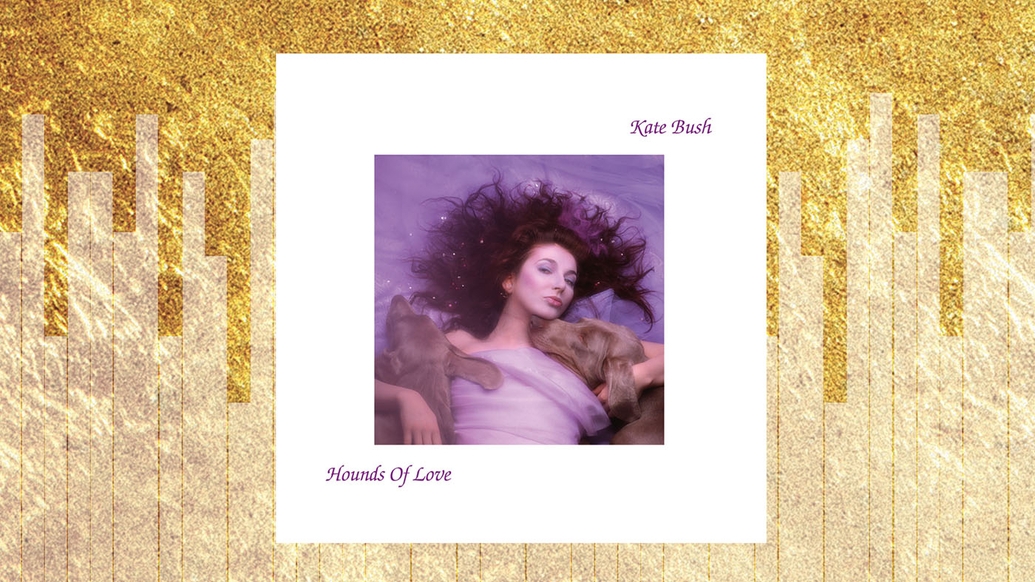
How Kate Bush’s ‘Hounds Of Love’ influenced the evolution of electronic music
Released in 1985, Kate Bush's iconic fifth album, 'Hounds Of Love', saw her perfecting her experiments in sampling technology, drum machines and synthesizers, and opening up a whole new world of creative possibilities. In the latest edition of our Solid Gold series, Ben Cardew looks at how, for a generation of music fans at the dawn of dance music, ‘Hounds Of Love’ got electronic music settled deep into a collective psyche
There is a tendency to view electronic music pioneers as outliers working on the edges of the musical landscape, undiscovered geniuses blazing a trail that will only be appreciated long after they shuffle off this mortal coil. Understandable as this is — who, frankly, doesn’t love an undiscovered genius? — the truth is a little more complicated. Musical history shows that for every Maryanne Amacher, there is a Jean-Michel Jarre; for every unknown electronic trailblazer, there is a break-out star who hid their innovation in plain view.
Kate Bush belongs very much in the latter category. As a vast star in her native Britain and a hugely respected artist worldwide, Bush isn’t exactly lacking in acclaim. All the same, she doesn’t get the respect she deserves as an innovator in electronic music, one who helped to explore early sampling technology and the use of drum machines and synths.
People will talk for hours about Bush’s genius songwriting and conceptual art; but they will probably mention the iconic ‘Wuthering Heights’ dance before they get to her use of the Fairlight CMI sampler, an impressively chunky and reassuringly expensive piece of electronic kit, first released in 1979, that Kate Bush made her own. When you make the connection, though, a whole new light opens up on the Kate Bush world, with ‘Hounds Of Love', her fifth studio album, the jewel in the electronic crown.
‘Hounds Of Love’ wasn’t the first album on which Kate Bush explored the world of electronic music. There were dashes of synthesizer on ‘Oh To Be In Love’ on her debut album ‘The Kick Inside’, with the synth also peeking through on three songs on her follow up, ‘Lionheart’. But Bush really opened up to the possibilities of electronic music on her third studio album, ‘Never For Ever,’ in which she rocketed away from the orchestral pop of her first two records in favor of something more eccentric, embracing electronic instruments such as the Fairlight, the Prophet 5 synth, and the Minimoog, after apparently being introduced to a wealth of new technology by Peter Gabriel. The Fairlight would feature heavily on Bush’s next record, 1982’s ‘The Dreaming’, a bewildering, maximalist gem that Bush would later call “mad.”
But it was on ‘Hounds Of Love’, released in September 1985 after a lengthy gestation period, that Bush perfected the combination of music and technology, the avant and the popular, to create an album so perfect it seemed to fall from the sky. The genesis of ‘Hounds Of Love’ dates back to 1983, when Bush decided to build her own studio in the barn behind her family house. She kitted it out with the most up-to-date equipment, including a LinnDrum machine and the Fairlight CMI, which she used to compose most of her new album. Working in her own studio gave Kate Bush freedom, with the recording of ‘Hounds Of Love’ taking place over two liberating years, allowing her to dream up a mind-boggling mixture of progressive pop, song cycles and unlikely instrumental choices, all presided over by her new sampling toy.
Even today, ‘Hounds Of Love’ remains one of the most perfectly poised electronic music records, an album where digital technology and acoustic instruments blend into an entirely seamless cyborg mix, with technology employed as a means to an end, rather than as a destination in itself. If ‘Hounds Of Love’ is overlooked as a pioneering electronic album, then maybe that’s the point: It flourishes as a beautiful whole, a gorgeous work of art that doesn’t call attention to its composite parts or the hard labor behind it.
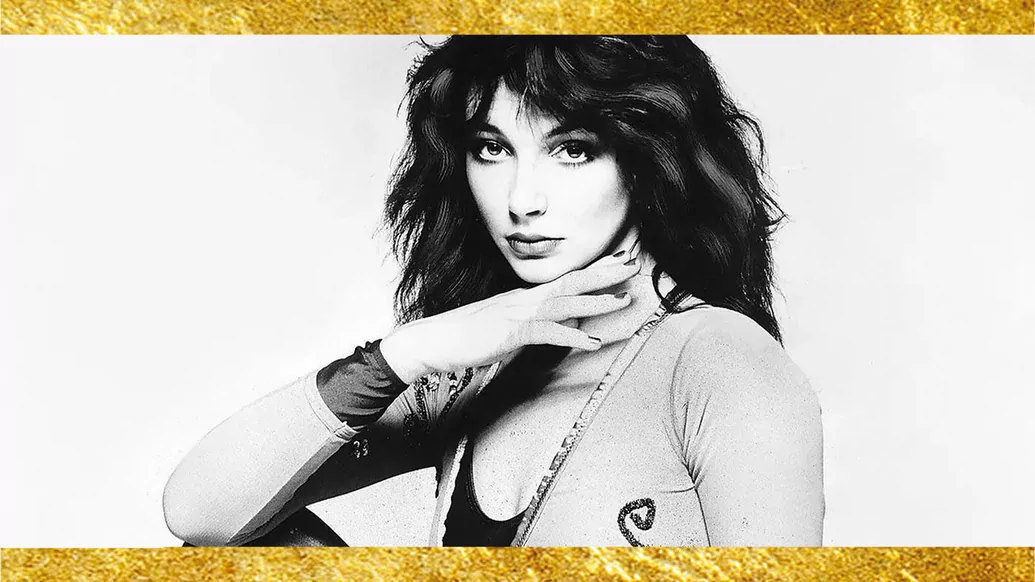

‘Hounds Of Love’ is quite the opposite of many early electronic music records, where the electronics were designed to draw attention to their new glittery selves and show off the world of machine possibilities. On ‘Hounds Of Love’, everything is subsumed into the music. For Bush, the Fairlight was a new “tool” for writing and arranging, as she explained to Option magazine in 1990, “like the difference between writing a song on a piano or on a guitar.”
The use of the word ‘tool’ is critical: The Fairlight was important for what it did, not what it was. And what it did was to open up Bush’s world to a new range of sonic possibility, as she explained to Option like a proto-Matthew Herbert: “With a Fairlight, you’ve got everything: a tremendous range of things,” she said. “It completely opened me up to sounds and textures and I could experiment with these in a way I could never have done without it.”
What is perhaps most striking about ‘Hounds Of Love’ is that, rather than settling down into a new electronic habit, Bush used her new digital equipment in a number of different ways, depending on the song’s demands. ‘Running Up That Hill,’ the album’s gorgeous opening song, uses a subtly propulsive, rolling tom pattern on the LinnDrum (the work of Bush’s collaborator and then romantic partner Del Palmer) that lays alongside cello samples from the Fairlight, which Bush manipulated to create both the main riff and backing strings.
Music Radar called this one of the 40 greatest synth sounds of all time in April 2021 and it is hard to disagree, the synth both tender and idiosyncratic, while slightly lost in the ether, the perfect accompaniment to the song’s gorgeously dreamy melody. It’s a remarkable achievement that on a song that features one of Bush’s strongest vocal melodies, the synth line is equally iconic, a vital component in one of Kate Bush’s biggest hits. The well-named ‘Under Ice’ has another brilliant synth sound, its chilling tone strangely reminiscent of the glacial eskibeat tones that grime pioneer Wiley would favor two decades later.


Elsewhere, ‘And Dream Of Sheep,’ which kicks off the conceptual song cycle that takes up side two of the record (‘The Ninth Wave’), uses layers of sampled noise — notably gull cries and disconnected voices — to add an extra unsettling aspect to the music, while ‘Mother Stands For Comfort’ offsets samples of breaking glass against electronic notes that pulse like fading lunar distress signals, creating an atmosphere of creeping unease. ‘Hello Earth’ is even more baffling: Musician Michael Berkeley related in a 2005 piece for The Guardian how Bush wanted the song’s chorus to recreate the orthodox singing / chanting from the film Nosferatu, in a way that would both relate harmonically with the song and sound somehow collaged, the kind of bafflingly precise studio instruction that suggests a musician at the height of her invention.
Best of all, though, is ‘Cloudbusting,’ the second single to be released from ‘Hounds Of Love’ and a brilliant example of how electronic music technology — and particularly the Fairlight — enabled Bush to open up her sound, as the proto-sampler replaced the piano as Bush’s main compositional tool. “It [the Fairlight] gives me much more control over arrangements, particularly,” Bush told MTV in 1985. “And it effects so many different areas. As soon as I start writing now, I’m working with a sound that is sparking off a particular atmosphere.”
‘Cloudbusting’ is a song that bursts with melody, sound and atmosphere, a bewitching combination of sonic sources, including two drummers, a string sextet, four backing vocalists, treated vocal samples, synth riffs and the sound of a steam engine. It could have been an abject mess, but Bush — with the help of the Fairlight’s sequencing tools — creates a sound that is utterly pop in its execution and utterly un-pop in its make-up, a pop song put together by a melodic genius hopped up on the sonic possibilities that a sampler can bring. It seems incredible that still, after ‘Hounds Of Love’, people could dare to claim that the synthesizer would kill music, when the album proves so definitively that electronic music can hothouse musical inspiration into wonderful new possibilities.
The influence of Kate Bush on electronic musicians is there for everyone to see. Rave producers loved to sample Bush’s idiosyncratic melodics, and there is a whole generation of British ravers who will be forever unable to think of ‘Cloudbusting’ without imagining chart-troubling rave duo Utah Saints, who swiped its chorus for their UK hit ‘Something Good’.
Björk, Big Boi and Aphex Twin are some of Bush’s most high-profile musical fans — Big Boi once called her “my favorite artist of all time” — while pretty much anyone who was anyone in British music attended her live residency in London in 2014.
One could think of Kate Bush’s major influence on electronic music, though, as something almost subliminal. You would be hard pressed to name many records that sound like ‘Hounds Of Love’, because recreating the sound at the time would have needed hundreds of thousands of dollars worth of equipment, while today the relentless advance of electronic music technology means that the sounds of the LinnDrum and Fairlight have been replaced with newer gear. Besides, who has the talent to come up with a ‘Hounds Of Love’?
For those of us who grew up on the music of Kate Bush, her music was a subtle but important introduction to the power of electronic music, those synths and samples snuck in under layers of glowing pop melody and mainstream radio finesse, like a kind of avant-garde smuggling operation. For a generation of music fans, Kate Bush got electronic music settled deep under our skin, at a time when house music was only just starting to emerge from Chicago and techno was but a twinkle in Detroit’s eye, an innovative wolf in pop sheep’s clothing, twice as deadly and several times more elegant.
